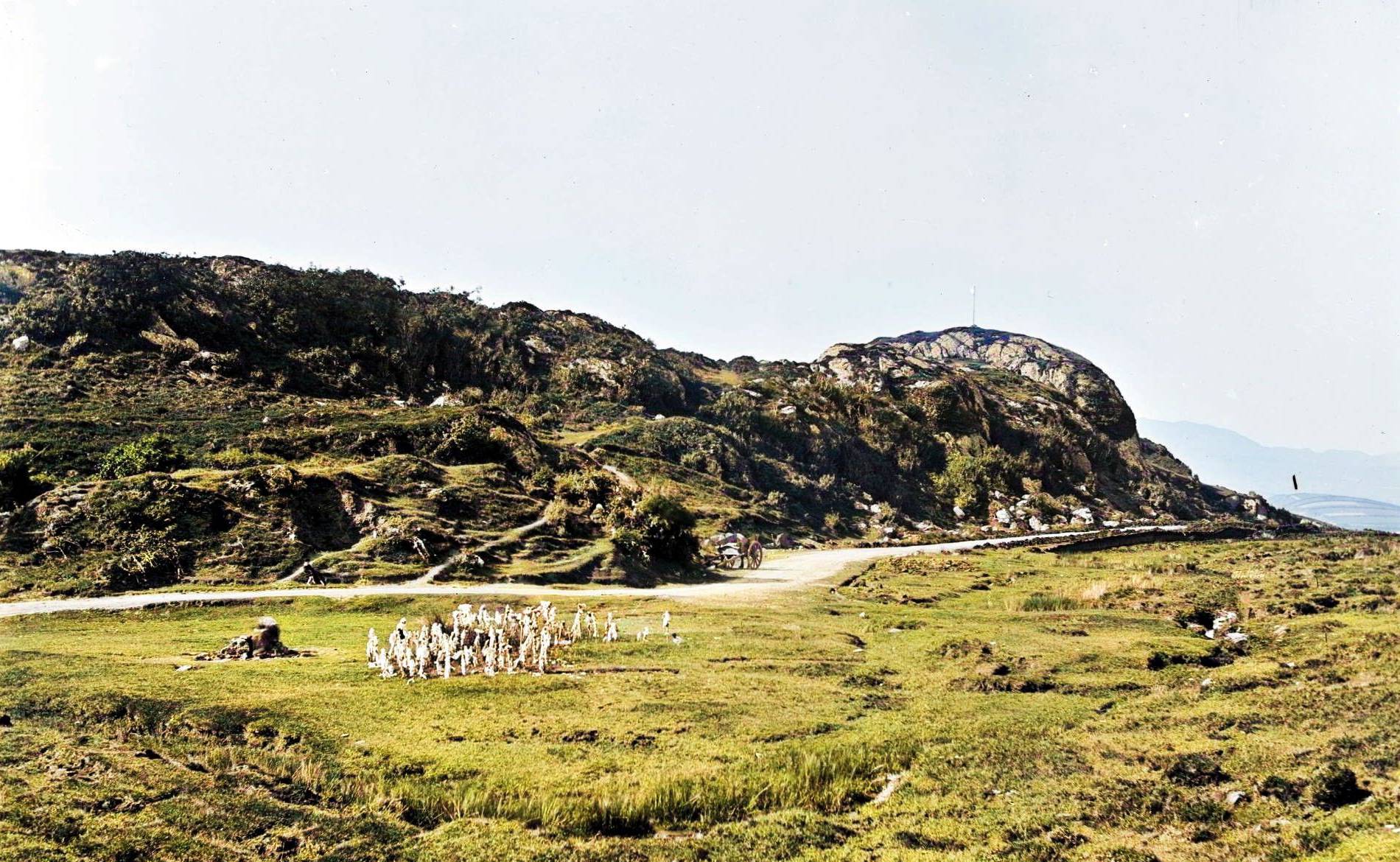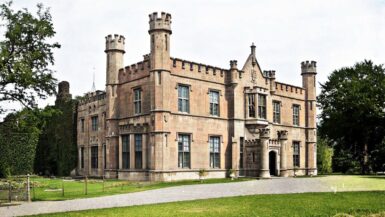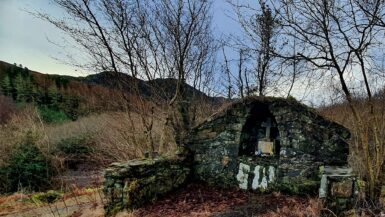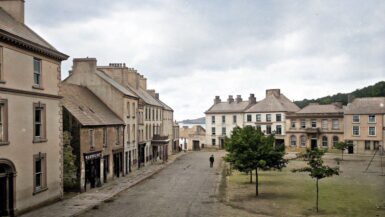Nestled in the picturesque countryside of Kilmacrennan in County Donegal, Ireland, lies a hidden gem with a rich spiritual and historical legacy – the Doon Well. For centuries, this sacred site has attracted pilgrims and visitors seeking solace, healing, and a connection to the past. This article delves into the fascinating history of Doon Well, exploring its origins, the significance of its rituals, and its enduring impact on the surrounding community.
The Origins of Doon Well
The history of Doon Well stretches back to a time before Christianity made its mark on the Emerald Isle. It is believed that the well, already considered sacred by the local population, gained even greater importance in the 6th century with the arrival of St. Colmcille, also known as St. Columba. St. Colmcille established a monastery in Kilmacrennan, and it is said that he blessed the well, imbuing it with special properties.
Since the 7th century, pilgrimages to Doon Well have been a part of the local culture. The well is the focal point of numerous rituals and traditions, which have been passed down through generations. Visitors often tie small items or scraps of cloth to the branches of trees near the well, known as clootie trees. This practice is believed to transfer ailments or troubles from the person to the tree, promoting healing and well-being.
The Healing Waters of Doon Well
Many visitors to Doon Well come in search of its reputed healing powers. The waters of the well have long been believed to cure ailments and prevent illnesses, providing relief to those who partake in its sacred properties. Countless stories exist of people attributing their recovery to the water of Doon Well, further cementing its status as a place of healing and rejuvenation.

Doon Well in Modern Times
Even today, the well continues to attract both pilgrims and tourists alike. A popular time to visit is during the feast day of St. Colmcille on June 9th, when many gather to pay their respects and participate in the rituals surrounding the well. The local community plays an active role in preserving and maintaining the site, ensuring that the well and its surroundings remain a living testament to the region’s history and heritage.






Leave a reply